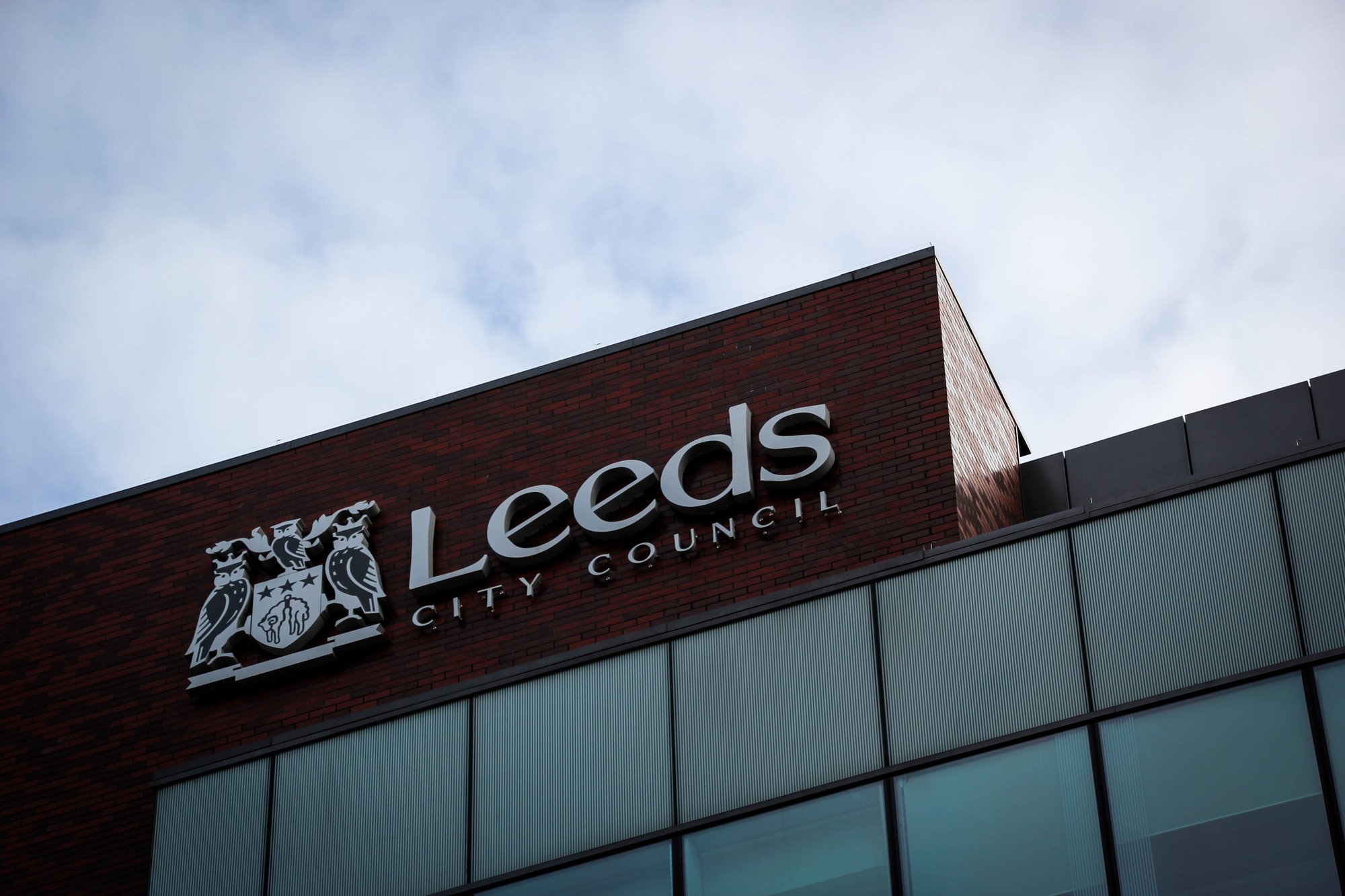In this guest blog post, Julian Seymour, Managing Director of Cratus Planning Communications, outlines some of the key impacts of May's local elections.
The May local elections now seem like a distant memory, but those working with local authorities know that the dramatic changes they set in chain are only just beginning to settle down.
In the days following the election, there was a lot of frantic debate on the news about what the local elections results meant for the next General Election - and who would be the next Prime Minister.
In our view, there was far too little debate about what the changes meant on the ground and what they might mean for the services many of us are most familiar with from the government: bins, parking, planning, and child and adult social care.
The reality is that there was a huge change in many areas. The results finally put paid to the notion that the Conservatives are the party of local government as they lost control of 48 local authorities, a vast number.
By contrast, all the opposition parties did well. Labour picked up 22 authorities, the Liberal Democrats 12, and Greens one. But even those results mask the fact that another 19 authorities went into No Overall Control and are now generally being run by coalitions of “not Conservatives”.

No Overall Control Authorities
The No Overall Control authorities are perhaps the most interesting part of the picture. Areas where control has shifted from one of the main parties to another (e.g. Conservative to Labour) tend to remain fairly stable; the main parties understand that they have to consider the needs of the whole authority area over several electoral cycles.
This is not always the case with some of the smaller parties and Independents who can be more focused on the more immediate needs of their own neighbourhoods.
Added to this, many of the councils now in No Overall Control did not expect the scale of change. Take East Herts as an example, prior to the election East Herts was a solid Conservative area returning 50/50 Conservative candidates in 2015 and 40/50 as recently as 2019.
After May the authority is in No Overall Control with 19 Greens, 16 Conservatives, 10 Liberal Democrats, and five Labour councillors. Understandably, many of the Greens did not expect to be running the council - and had campaigned on that basis.
Now they face the reality of administration and they are having to reconsider their policies to deliver, for example, on housing targets. Officers in East Herts and similar areas are working hard to support this transition.
Land and Planning
For the land and planning sectors, the changes are fundamental to the way we operate. The new administrations want to implement their agendas but are learning that it will take time to pass their policy through the system – particularly the Local Plan making system.
However, developers and land agents should be taking a close look at the policies new administrations campaigned on and start to design their schemes accordingly to ensure the smoothest possible ride through the planning system.
